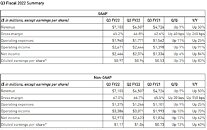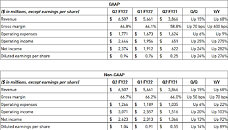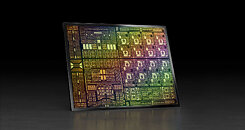Supermicro Adds New Petascale JBOF All-Flash Storage Solution Integrating NVIDIA BlueField-3 DPU for AI Data Pipeline Acceleration
Supermicro, Inc., a Total IT Solution Provider for AI, Cloud, Storage, and 5G/Edge, is launching a new optimized storage system for high performance AI training, inference and HPC workloads. This JBOF (Just a Bunch of Flash) system utilizes up to four NVIDIA BlueField-3 data processing units (DPUs) in a 2U form factor to run software-defined storage workloads. Each BlueField-3 DPU features 400 Gb Ethernet or InfiniBand networking and hardware acceleration for high computation storage and networking workloads such as encryption, compression and erasure coding, as well as AI storage expansion. The state-of-the-art, dual port JBOF architecture enables active-active clustering ensuring high availability for scale up mission critical storage applications as well as scale-out storage such as object storage and parallel file systems.
"Supermicro's new high performance JBOF Storage System is designed using our Building Block approach which enables support for either E3.S or U.2 form-factor SSDs and the latest PCIe Gen 5 connectivity for the SSDs and the DPU networking and storage platform," said Charles Liang, president and CEO of Supermicro. "Supermicro's system design supports 24 or 36 SSD's enabling up to 1.105PB of raw capacity using 30.71 TB SSDs. Our balanced network and storage I/O design can saturate the full 400 Gb/s BlueField-3 line-rate realizing more than 250 GB/s bandwidth of the Gen 5 SSDs."
"Supermicro's new high performance JBOF Storage System is designed using our Building Block approach which enables support for either E3.S or U.2 form-factor SSDs and the latest PCIe Gen 5 connectivity for the SSDs and the DPU networking and storage platform," said Charles Liang, president and CEO of Supermicro. "Supermicro's system design supports 24 or 36 SSD's enabling up to 1.105PB of raw capacity using 30.71 TB SSDs. Our balanced network and storage I/O design can saturate the full 400 Gb/s BlueField-3 line-rate realizing more than 250 GB/s bandwidth of the Gen 5 SSDs."







































